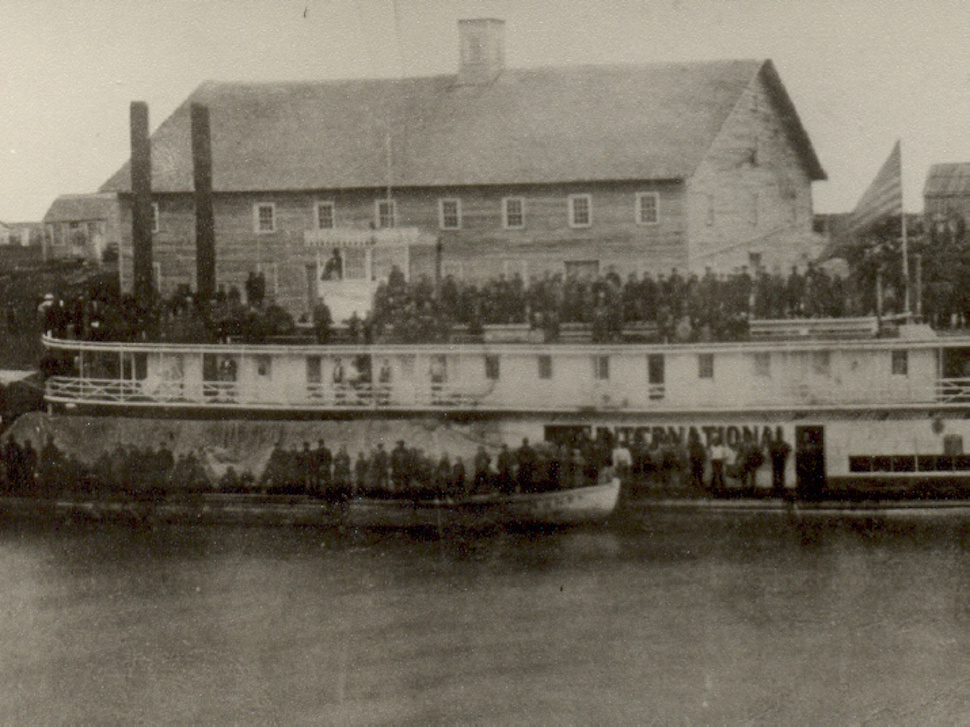Roughly six generations ago, Mennonite families began arriving on the prairies — bringing them a life full of uncertainty.
Two groups of Mennonites came to Manitoba. The first group settled in the East Reserve — now Steinbach, while the next settled one year later in the West Reserve — now Winkler and Altona.
What awaited them in the West Reserve was a harsh, unfamiliar land with few comforts and even fewer resources. 150 years later, we remember and commemorate their resilience.
Local historian Ernie Braun says the experiences between the two groups were vastly different.
“Although one would expect that the experiences on the West Reserve would be identical to those on the East Reserve, that was in fact not the case,” he says.
Both reserves came with unique experiences in language, economy, and landscape.
“There is an opportunity to learn about that Western Reserve experience.”
The push to the prairies
In the 1850s, Russia’s recent loss in the Crimean War exposed the country’s weaknesses to itself — prompting a series of major changes. These included the loss of exemptions from military service, and more control over education.
Some Mennonites remained in what is now modern-day Ukraine and thought they could adapt to the new reforms — others found them unacceptable and sought a new home.
In 1873, delegates were sent from Ukraine and Imperial Russia to North America in search of places to live. At the same time, North America was looking for farmers.
As delegates made their way through these areas, they received a letter of invitation from the Canadian government.
The letter contained a list of things Canada would provide if they moved to Manitoba.
On that list, among the land and building materials, were exemptions from military service, freedom of religion, and the ability to run their own schools.
The West Reserve
“The (West) Reserve was an open prairie with no trees. Compared to the East Reserve, this was a substantial advantage,” he says.
“Their survival on the open prairie is an achievement by itself.”
Back in Imperial Russia, grain farming was a staple, and so they continued that practice in Manitoba.
“On the West Reserve, grain farming could be pursued almost immediately... this meant a completely different economy compared to the livestock intensive farming on the East Reserve,” he says.
“(The flat landscape) was also a challenge, since that meant there were no trees for building or for firewood.”
When the group arrived at the West Reserve, only a few immigration sheds were available, but not nearly enough to house everyone.
To provide timber and lumber, the newcomers had to source wood from much further away.
“This meant an additional expense and serious time spent hauling wood,” he says.
Arriving in August with little time before the first snow, the Mennonites lived communally — not just for preference, but out of necessity.
To keep warm, Braun says the group duplicated the heating system they had used back in Russia.
“A central brick stove was fed in summer by grass or hay, and in winter by dried manure blocks,” he explains.
An age-old practice, cow manure was mixed, often by the children’s feet, and then compacted into blocks — sometimes without a manure press.
“By winter, these blocks were dry and ready to be used to fire the brick stove.”
Part of our community
"These people came just a year later than most of us did — and more than likely distant relatives of ours. So, yes, we should celebrate them,” Braun says.
A century and a half later, the legacy of those Mennonite settlers continues to shape the cultural and agricultural landscape of western Manitoba.
“We can appreciate that (the West Reserve) was a somewhat different experience from ours, and that’s interesting in itself.”
To mark 150 years of Mennonite history in western Manitoba, the village of Chortitz is hosting an official celebration, honouring the community’s first settlers.
Their story is not just one of migration — it is a story of survival, adaptation, community, and hope that continues to echo through generations.
Written with files from Adi Loewen
